Marantz MPM-1000
Rated 5.00 out of 5 based on 1 customer rating
$37.99
Experience crystal-clear audio with the Marantz MPM-1000, a professional-grade microphone perfect for recording and streaming.
Description
The Marantz MPM-1000 microphone is a fantastic piece of equipment built for both professional and DIY recording. This condenser microphone is perfect for capturing clear and crisp audio whether you are recording vocals, instruments, or podcasting.
Designed with a wide-ranging frequency response of 20Hz-20kHz, the MPM-1000 is perfect for capturing the full range of sounds in any recording. Additionally, its cardioid polar pattern allows it to be sensitive to sounds in front of it while rejecting any unwanted background noise or sound.
One of the standout features of the MPM-1000 is its ability to handle high SPLs (Sound Pressure Levels). This microphone can handle up to 136dB SPL, making it great for recording loud instruments like drums or guitar amps.
The overall build of the MPM-1000 is sturdy and reliable. The microphone is made of a durable metal construction and includes a shock mount to help reduce any unwanted vibrations. Additionally, it includes a windscreen to protect against any wind or vocal pops.
The MPM-1000 can be easily connected to any audio interface or mixer with its standard XLR connector. It also comes with a carrying case for easy transportation and storage.
In conclusion, the Marantz MPM-1000 microphone is an exceptional choice for anyone who needs a high-quality microphone for recording. With its versatile frequency response, cardioid pattern, and ability to handle high SPLs, the MPM-1000 is a fantastic investment for any artist, podcaster, or audio engineer. Its sturdy construction and included accessories make it a practical and reliable tool for any recording setup.
Handheld Microphones, Singing
Marantz MPM-1000 properties
| Product name |
MPM-1000 |
| Type |
Microphone |
| Placement for Microphone |
Handheld Microphones |
| Suitable For |
Singing |
| Polar Patterns |
Cardioid |
| Microphone Type |
Condenser |
| Wireless |
No |
| Height |
16.5 cm |
| Width |
4.8 cm |
| Weight |
300.0 g |
Frequently Asked Questions:
How do I properly connect my microphone to the Marantz MPM-1000 mixer?
To connect your microphone to the Marantz MPM-1000 mixer, follow these steps:
1. Locate the microphone input on the MPM-1000 mixer. There are two microphone inputs labeled "Mic 1" and "Mic 2."
2. Connect one end of your microphone cable to the appropriate mic input on the mixer. If you're using a dynamic microphone, connect it to either Mic 1 or Mic 2. If you're using a condenser microphone, connect it to Mic 1.
3. Make sure that the switch next to the microphone input is set to "ON." This ensures that the microphone signal will be sent through the mixer.
4. Adjust the microphone level by turning the knob on the corresponding channel strip. Turn it clockwise to increase the volume, and counterclockwise to decrease it.
5. If you're using a condenser microphone, make sure that phantom power is enabled for Mic 1. To do this, press the "Phantom" button on the mixer. The indicator light should turn green when phantom power is enabled.
6. Check your audio levels to ensure that they are not clipping. You can do this by monitoring the VU meters on the channel strip for the microphone input. If the levels are too high, adjust them accordingly.
What is the recommended microphone gain setting for using the MPM-1000 with a condenser microphone for the first time?
For the best results when using the MPM-1000 with a condenser microphone for the first time, we recommend starting with a microphone gain setting of around 30% to 40%. This level should be sufficient to capture clear audio without causing distortion or excessive noise. However, keep in mind that optimal gain settings may vary depending on the specific microphone and recording environment. We suggest making small adjustments as needed to achieve the desired sound quality. Additionally, it's important to remember that higher gain settings can lead to increased background noise and potential damage to the microphone if not used carefully. So, it's always a good idea to start with a lower gain setting and gradually increase it as necessary while monitoring for any unwanted artifacts.
How do I properly connect a condenser microphone to the XLR inputs on my Marantz MPM-1000 for optimal audio performance?
To properly connect a condenser microphone to the XLR inputs on your Marantz MPM-1000 for optimal audio performance, follow these steps:
1. Make sure that your microphone and mixer are both powered off before connecting them. Locate the XLR inputs on the back of your Marantz MPM-1000. These will be marked as "Mic/Line" or "Microphone". Connect one end of your microphone cable to the XLR output connector on your condenser microphone, and the other end to the corresponding input on your Marantz MPM-1000. Ensure that the cable is securely inserted into the connector to avoid any loose connections. Next, set your microphone's polar pattern to match the intended usage. For example, if you are recording a solo vocalist, use a cardioid pattern, while for recording multiple speakers in an open space, choose an omnidirectional pattern. Adjust the sensitivity and gain levels on your Marantz MPM-1000 to suit your needs. Be careful not to set them too high or too low as this can lead to distortion or noise issues. It's best to start with a lower setting, monitor the input level using the headphones jack, and gradually increase it until you achieve an optimal signal strength. Verify that your microphone is connected correctly by checking the "Phantom" switch on the back of your Marantz MPM-1000. If your condenser mic requires phantom power, then set this switch to 'On' position, otherwise keep it off. Finally, test your microphone and ensure that you are getting clear, high-quality audio output by playing a sound source and monitoring the audio through headphones or speakers connected to the Marantz MPM-1000. Adjust the levels and settings as necessary for optimal performance.
"How do I properly connect a dynamic microphone to the XLR input on my Marantz MPM-1000?"
To properly connect a dynamic microphone to the XLR input on your Marantz MPM-1000, please follow these steps:
1. Locate the XLR input on the back of your Marantz MPM-1000. This will be labeled as "MIC IN (XLR)" or similar. Make sure the dynamic microphone you are using has an XLR connector. If it does not, you may need to use a special adapter cable to connect it to your Marantz MPM-1000. Plug one end of the XLR cable into the "MIC IN (XLR)" input on the back of your Marantz MPM-1000. Make sure the connector is inserted all the way and is securely locked in place. Connect the other end of the XLR cable to the dynamic microphone. Again, make sure it's inserted all the way into the microphone's XLR connector. Before turning on your Marantz MPM-1000, double-check that the microphone is properly connected and securely fastened in place. This will help prevent any accidental disconnections during use. Finally, turn on your Marantz MPM-1000 and test the microphone to ensure it's functioning properly. If you have any issues with connection or sound quality, double-check that everything is connected correctly and try adjusting the input levels on your Marantz MPM-1000. Remember to always handle XLR connectors gently to avoid damaging them or accidentally disconnecting them. With these steps, you should be able to properly connect your dynamic microphone to your Marantz MPM-1000 and enjoy clear and reliable audio performance.
Before you buy Marantz MPM-1000
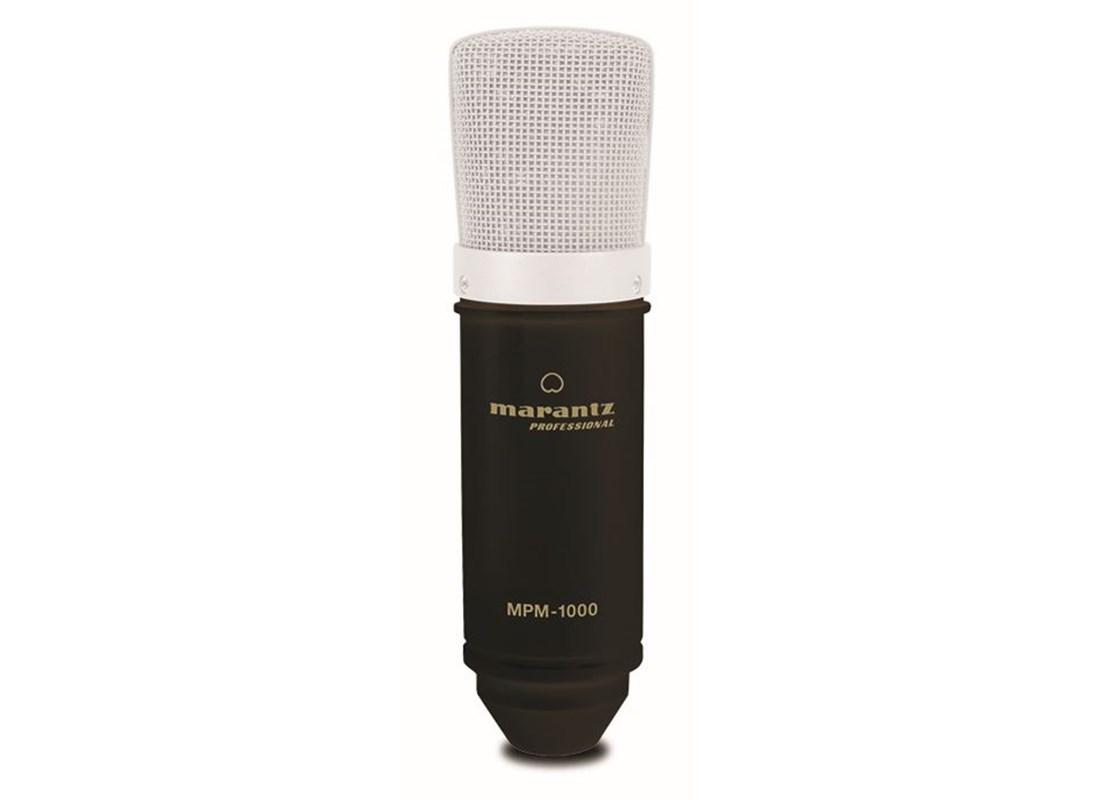





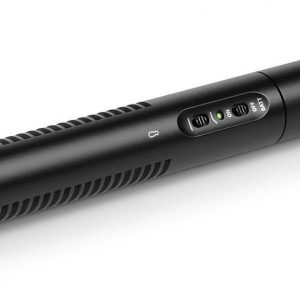
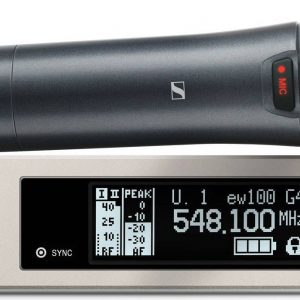

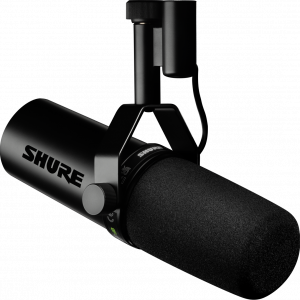
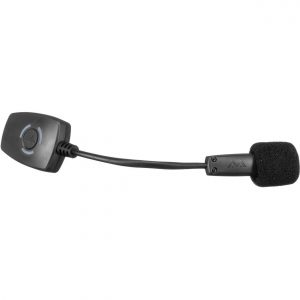
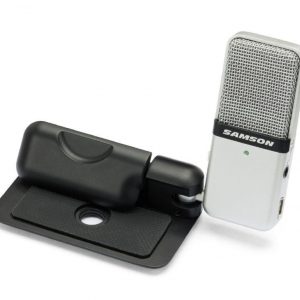
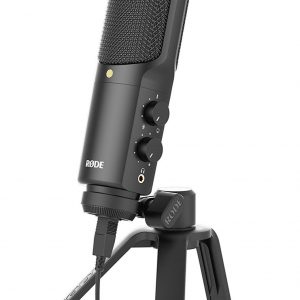
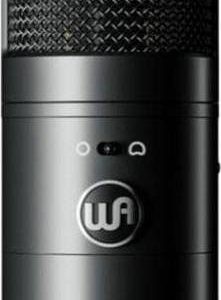
Alexis Fernandez –
For two days of use, I am very satisfied. The microphone is connected to a PC and works immediately. Please note that this microphone has a built-in headphone input for lag-free listening, but also for listening to audio from your computer.
The minimum drawback is the rather short USB cable in the set (about 120 cm). The hole in the cradle is threaded (3/8 “) so it can be placed on a table / tripod holder.